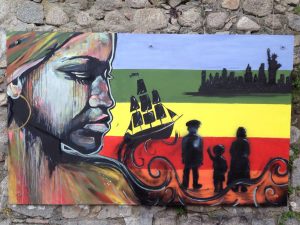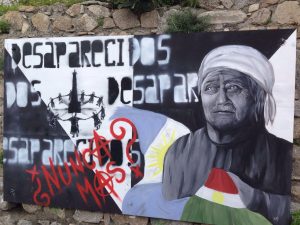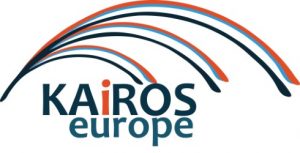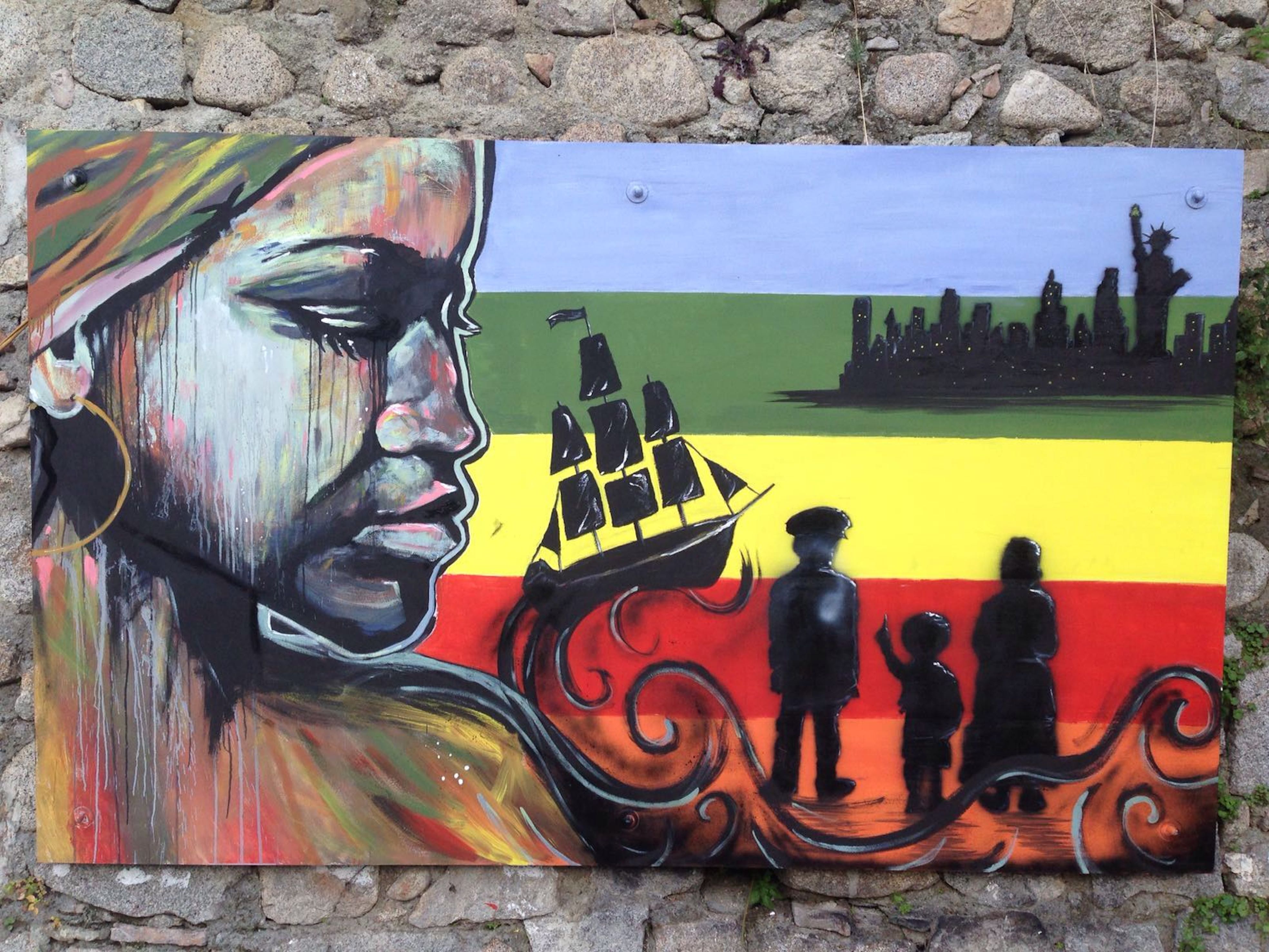The Refugee Journalism Project Coordinator, Tessa Hughes, and project participant, Abdulwahab Tahhan, recently took part in the Southern Europe Migrant Dilemmas: Better Integration Methods Project. Here they share their experiences of the initiative.
The event took place in southern Italy and was attended by a team of volunteers and practitioners who have been involved with projects and services working with migrants and refugees in the UK. The project aims to promote social inclusion and intercultural exchange and to promote the idea that refugees add value to their host nations. For over a week, we were immersed in the Italian culture and witnessed first hand how the locals who themselves struggle through economic crisis give so much to recently arrived migrants mainly from North Africa.
One the first day we visited a local migrant centre, Insieme Centro Interculturale, where we interacted with the local volunteers who enthusiastically give up their time to help those in need. We arrived after the migrants had left for the day, but we found five young volunteers still working tirelessly. The volunteers were able to offer the migrants a range of service; from distributing clothes, to giving legal advice and helping the migrants build their cases, to helping them with CVs in the hope of gaining employment either locally or further north where more opportunities lie. One of the most important services that the centre offers migrants and refugees is “psychological support and various activities,” says Alessa Caristo, the director of the center.

While visiting Reggio Calabria, a town that processes thousands of migrants at their local port we witnessed firsthand the volunteers in action providing support to those who had recently reached safety from the sea. Despite the obvious relief on the migrants’ faces that they had reached safety, it was still a challenging scene for many of the participants. Witnessing hundreds of people, men, women, children, young and old waiting to be processed certainly hit the participants with the reality of the crisis. Each migrant was given a number and a tracksuit which reminded some of a scene from movies where prisoners all wear the same uniform. However, Amelia Fiorillo the director of the project later explained that they were given clothes because “…most of the time their clothes are wet, not appropriate for the climate and needed to be sanitized. They need to go through a necessary identification process and health check and this is why they are given a number in order to give doctors and volunteers a clear idea of who has already been identified and gone through the health check.” It was comforting to see a range of different organisations and teams of volunteers and staff present and actively working to support the migrants needs.

In the same village, we meet with passionate church leaders who have taken leadership in integration for new migrants. We spoke to some minors who were staying at a house and being cared for by various local volunteers and teacher who provided them with Italian language classes. In this town the locals see the migrants as an asset to their economic stability providing assistance, particularly in the caring service and farming. Within this village it certainly felt that the locals saw the benefit migration was bring to their community “…local people are welcoming the refugees, they come here and knock on the door and donate clothes and food and whatever they can,” added Fiorillo. However, things weren’t very simple at the beginning for those migrants or for the communities as one of the volunteers told us that, “…at the beginning it was not easy because of the negative impact of media, but now the local community is responding well and sometimes invite them to have lunch at their place and bring them food and clothes”.
Throughout the project we meet professionals working in a range of organizations. However, one that particularly stood out was Ivan Ciaramida who runs a reception centre in Sicily. We had a frank and honest conversation about the realities of working in a reception centre and the challenges this brings. While there are governmental policies and producers in place for best practice this is difficult to achieve. We went into details of the migration trail to Italy and the methods used to make this dangerous journey often crossing the Sahara which is believe to as dangerous as the sea increasing the participant’s knowledge of migration to Europe.
At the end of the project, we discussed a couple of issue related to migrants and the mechanism of overcoming some of the problems such as social inclusion, mental health problems and the obvious economical problems. The participants of this project come from various walks of life; teachers, researchers, students, and Red Cross members, just to name a few, and this project certainly helped everyone have a better understanding of the asylum seekers’ journey from A-Z and ways to help those who are unaware of their rights.
What was clear throughout the project was the Italian spirit and drive to help those in need. In Southern Italy where many Italian citizens are facing their own economic troubles it was inspiring to see them assisting in every way possible despite their difficult situations. After coming back to London where all the participants live and work, the wheels were in motion as some had participated in a sleep out on the concrete to raise money for refugees and others donated and sponsored this pro-active initiative, and others simply continued their voluntary work in various centers.
EU DISCLAIMER
“The European Commission support for the production of this publication does not constitute an endorsement of the contents which reflects the views only of the authors, and the Commission cannot be held responsible for any use which may be made of the information contained therein.”

![]()
